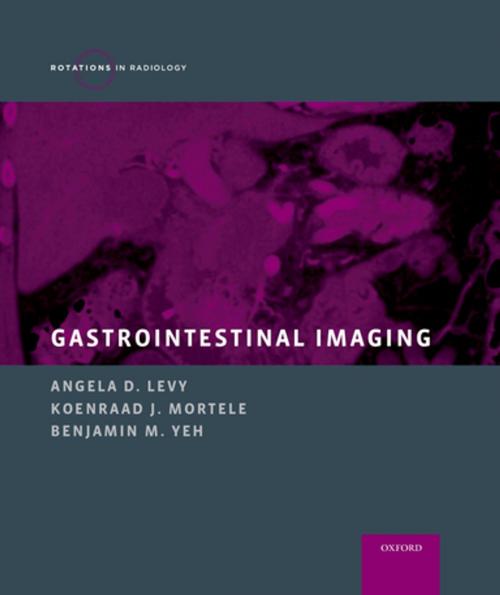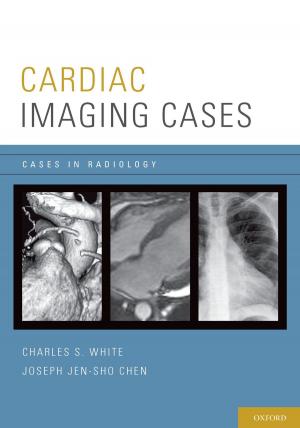Gastrointestinal Imaging
Nonfiction, Health & Well Being, Medical, Specialties, Radiology & Nuclear Medicine, Allied Health Services, Radiological & Ultrasound| Author: | ISBN: | 9780190250386 | |
| Publisher: | Oxford University Press | Publication: | July 29, 2015 |
| Imprint: | Oxford University Press | Language: | English |
| Author: | |
| ISBN: | 9780190250386 |
| Publisher: | Oxford University Press |
| Publication: | July 29, 2015 |
| Imprint: | Oxford University Press |
| Language: | English |
Gastrointestinal Imaging presents a comprehensive review of gastrointestinal pathologies commonly encountered by practicing radiologists and residents in training. Chapters are organized by organ system and include the Pharynx and Esophagus, Stomach, Small Bowel, Appendix, Colon, Anorectum, Liver, Gallbladder, Bile Ducts, Pancreas, Spleen, Peritoneum, Mesentery, and Abdominal Wall, and a chapter on multisystem disorders. Part of the Rotations in Radiology series, this book offers a guided approach to imaging diagnosis with examples of all imaging modalities complimented by the basics of interpretation and technique and the nuances necessary to arrive at the best diagnosis. Each pathology is covered with a targeted discussion that reviews the definition, clinical features, anatomy and physiology, imaging techniques, differential diagnosis, clinical issues, key points, and further reading. This organization is ideal for trainees' use during specific rotations and for exam review, or as a quick refresher for the established gastrointestinal imager.
Gastrointestinal Imaging presents a comprehensive review of gastrointestinal pathologies commonly encountered by practicing radiologists and residents in training. Chapters are organized by organ system and include the Pharynx and Esophagus, Stomach, Small Bowel, Appendix, Colon, Anorectum, Liver, Gallbladder, Bile Ducts, Pancreas, Spleen, Peritoneum, Mesentery, and Abdominal Wall, and a chapter on multisystem disorders. Part of the Rotations in Radiology series, this book offers a guided approach to imaging diagnosis with examples of all imaging modalities complimented by the basics of interpretation and technique and the nuances necessary to arrive at the best diagnosis. Each pathology is covered with a targeted discussion that reviews the definition, clinical features, anatomy and physiology, imaging techniques, differential diagnosis, clinical issues, key points, and further reading. This organization is ideal for trainees' use during specific rotations and for exam review, or as a quick refresher for the established gastrointestinal imager.















